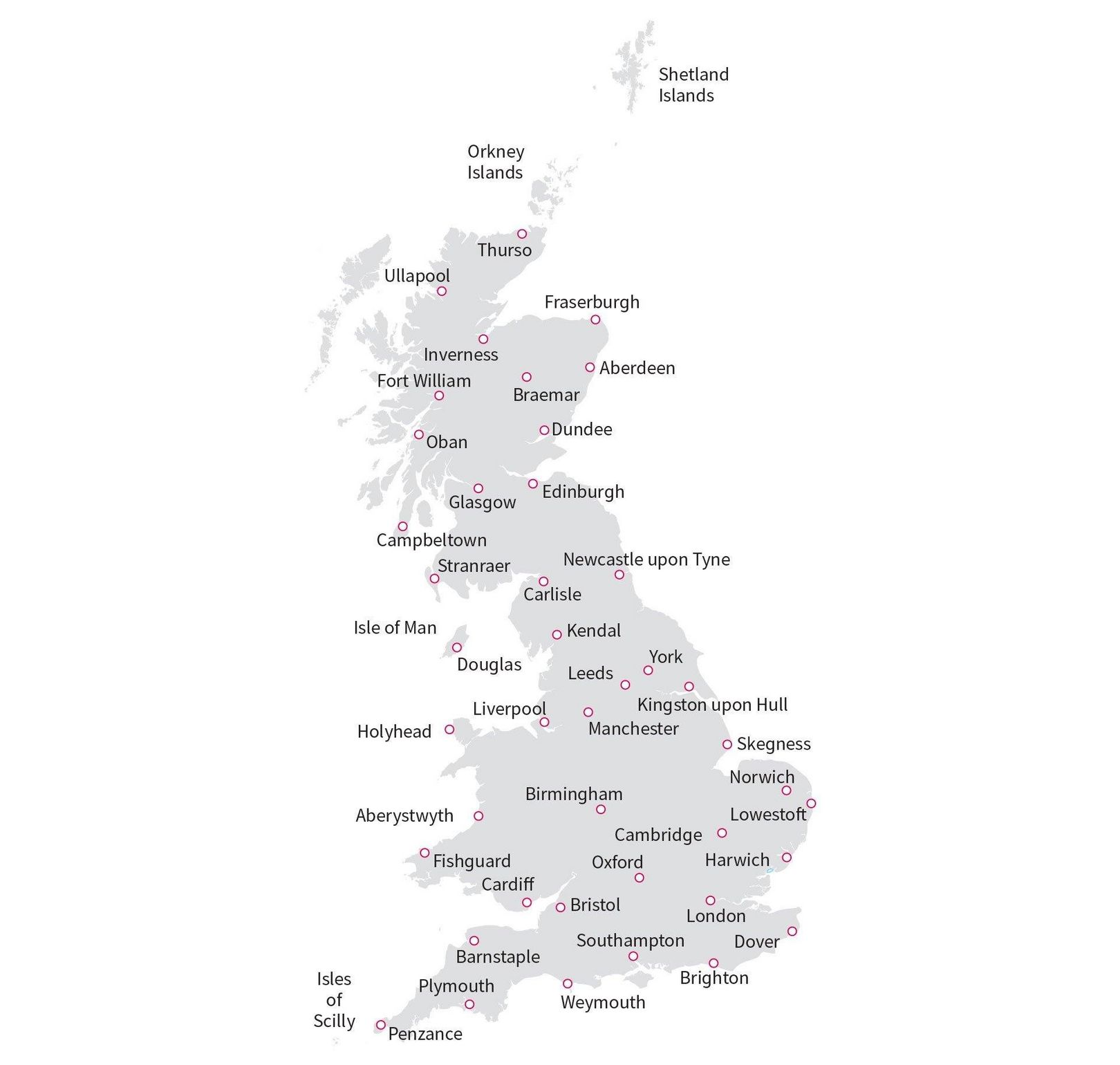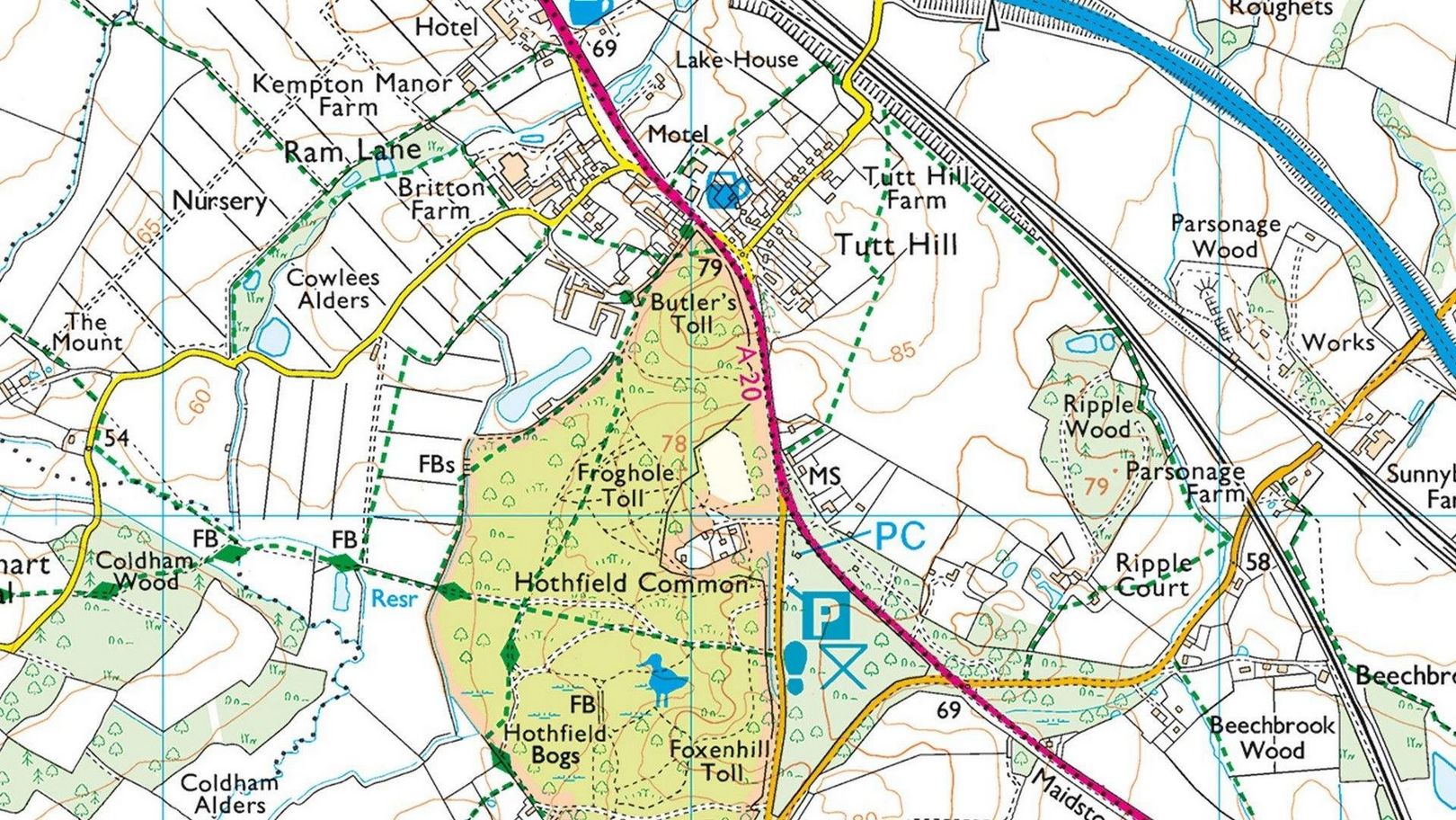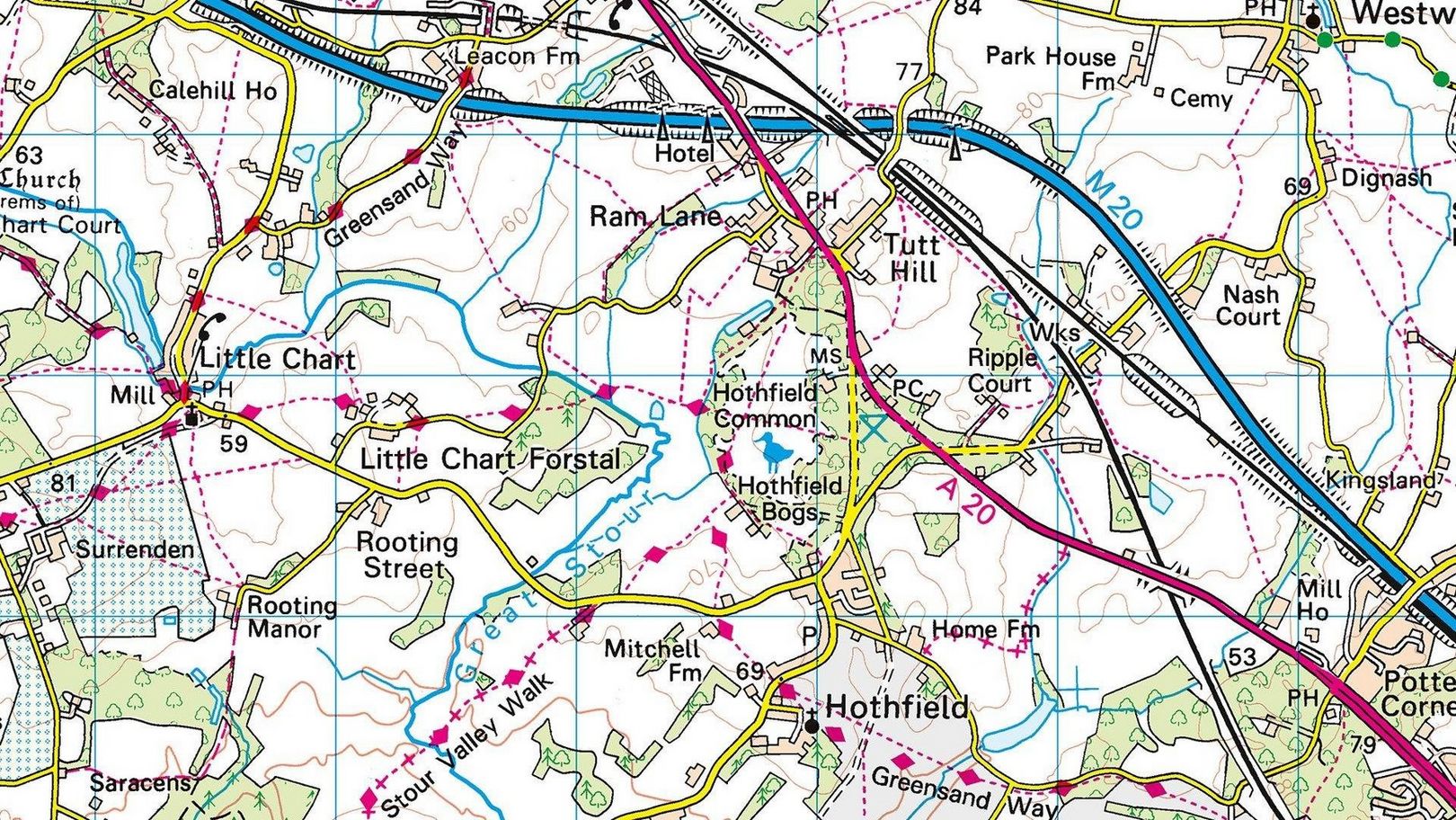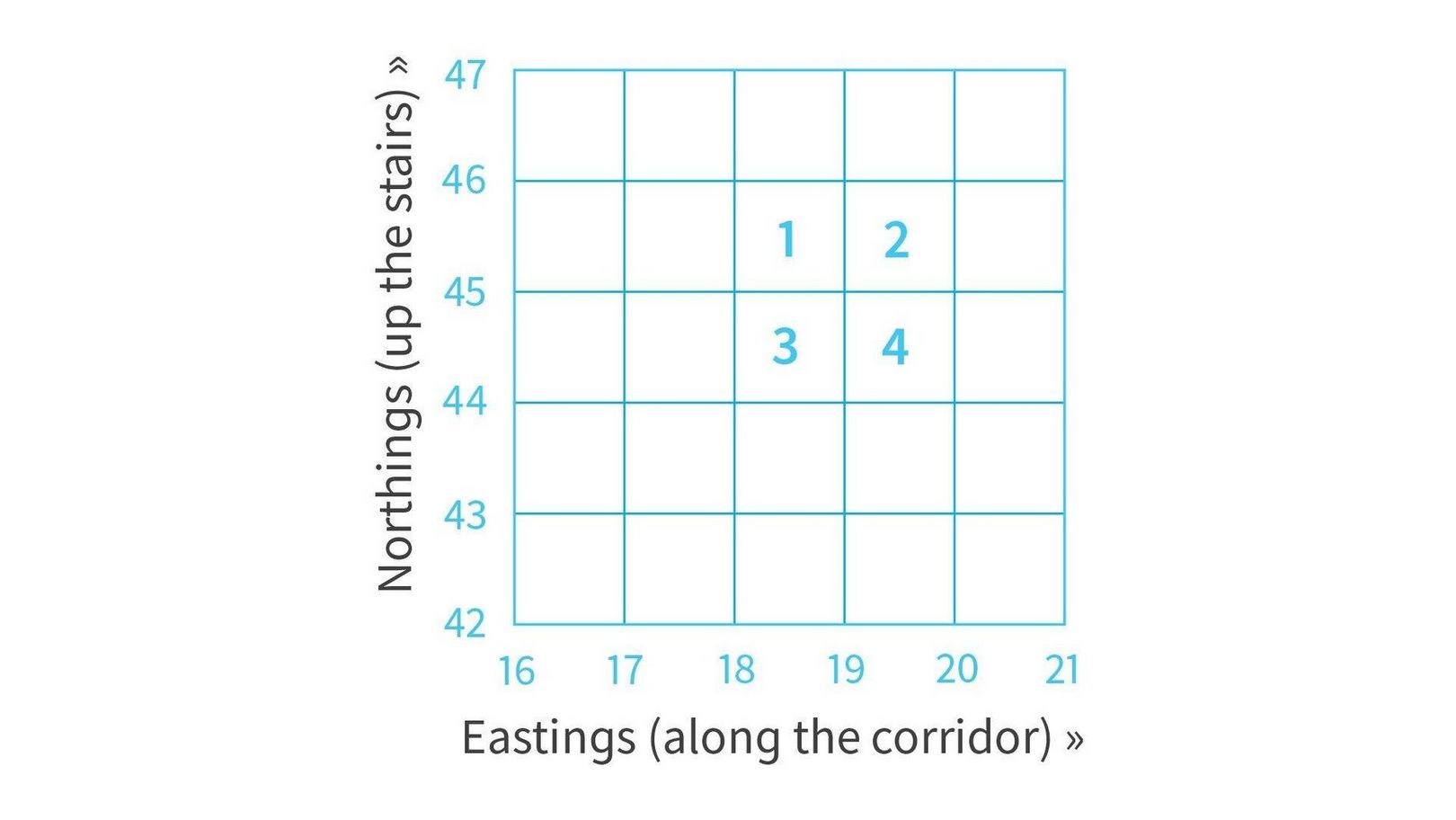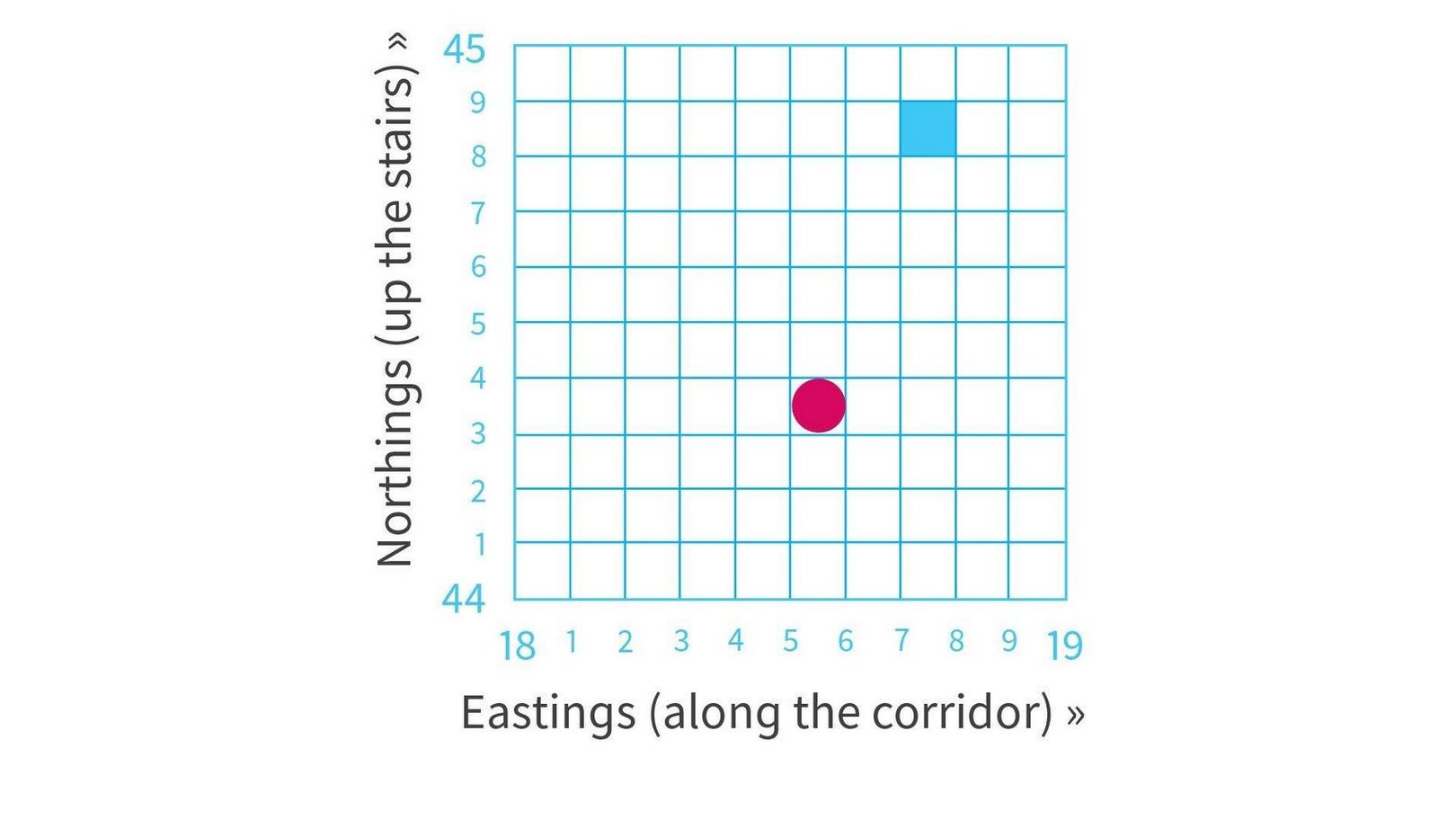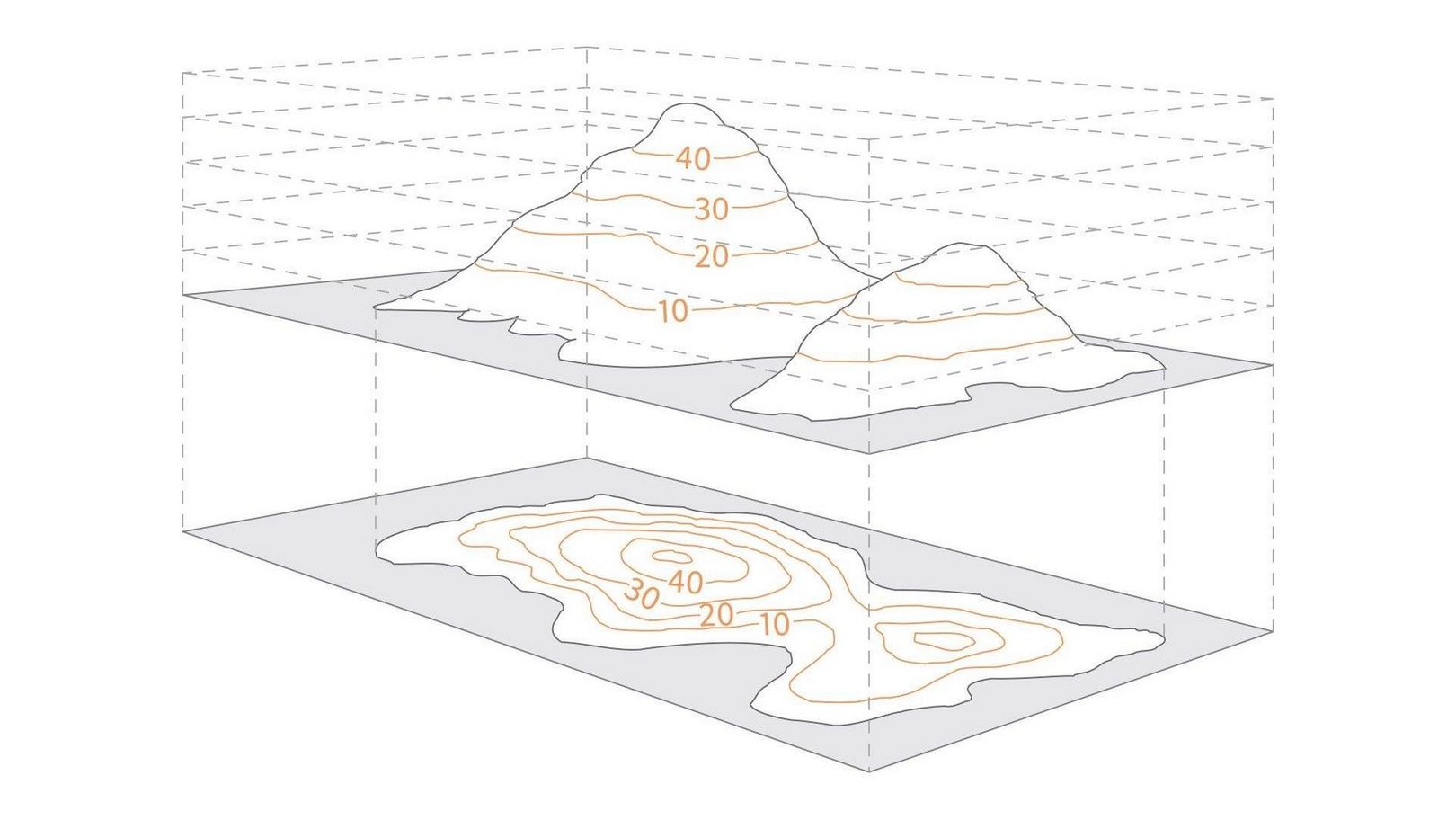Maps unlock adventure. It’s as simple as that! And reading a map is easy when you know how. Ordnance Survey is the national mapping agency for Great Britain and so what they don’t know about navigation, isn’t worth knowing. We asked them to share their expert knowledge for this beginner’s guide to understanding a map.
Whilst you're here, don't miss our guide to understanding a compass, an essential part of reading and understanding a map.
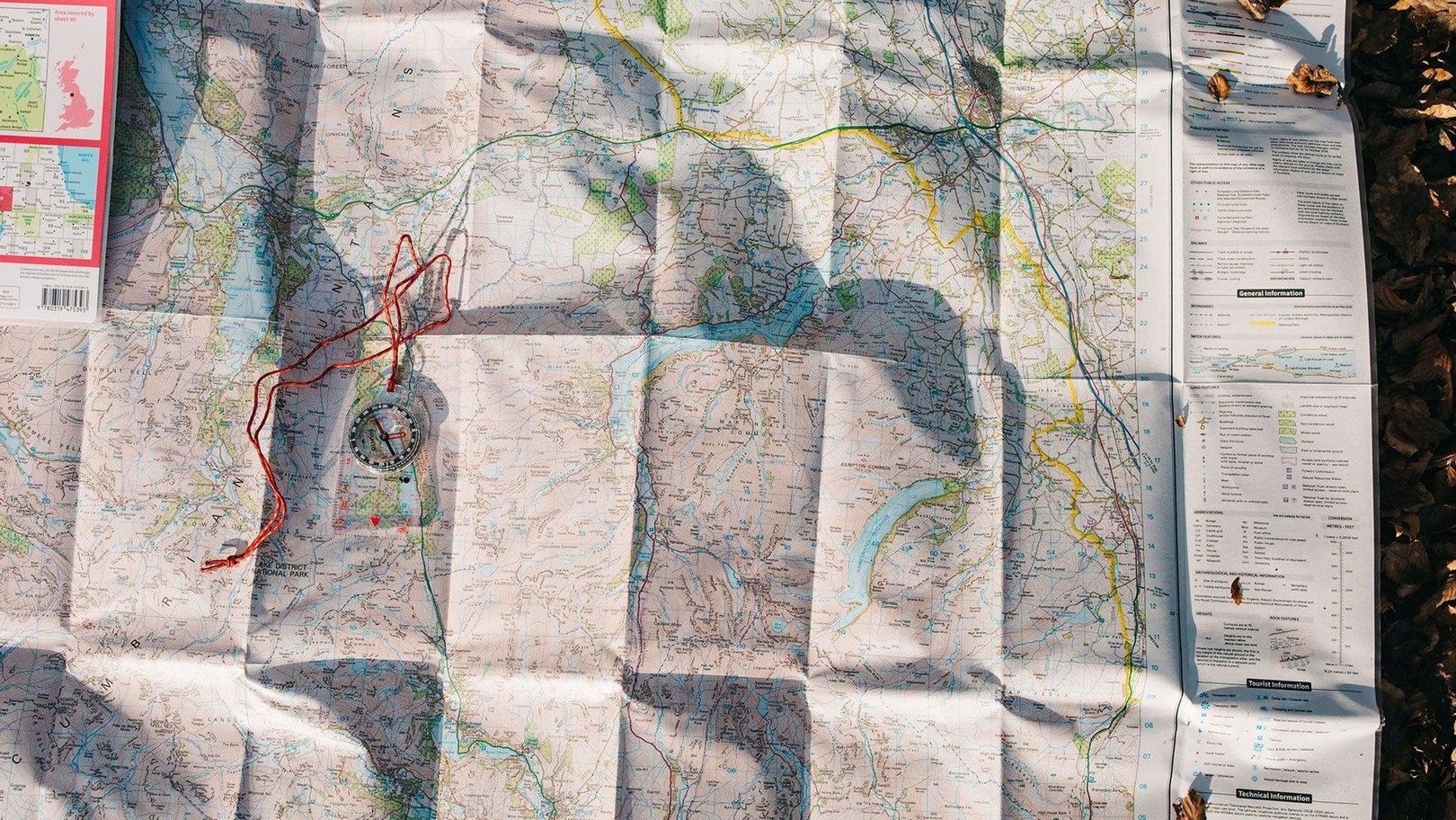
Contents
There is a lot to know about map reading. Navigate your way through the sections to top up your knowledge.
Maps
What is a Map?
A map is simply a drawing or picture of a landscape or location. Maps usually show the landscape as it would be seen from above, looking directly down. Maps will often show other features such as roads, rivers, buildings, trees and lakes.

There are many different types of maps, and which one you should choose depends on why you need it. If you were trying to find a certain street or building in your hometown, you would need a map that showed you all the smaller streets, maybe even footpaths in and around town. However, if you were taking on a hill walk in the Peak District or a mountain in the Lake District, you might need a map that shows a bigger area of land and tells you the heights and steepness of the hills and mountains.
Whichever type you choose, there are a few basic features usually found on any map, which we’ll explain below.

